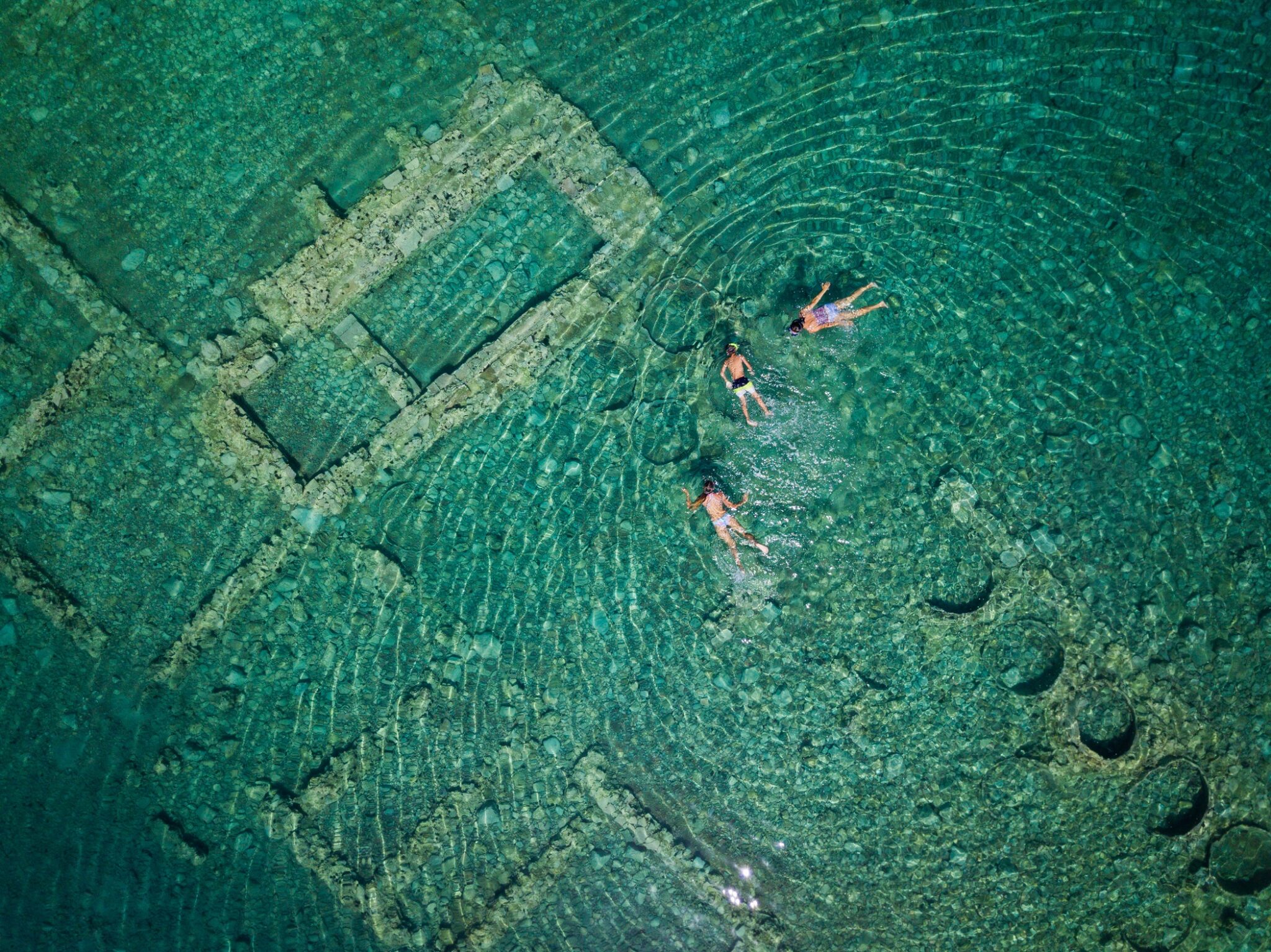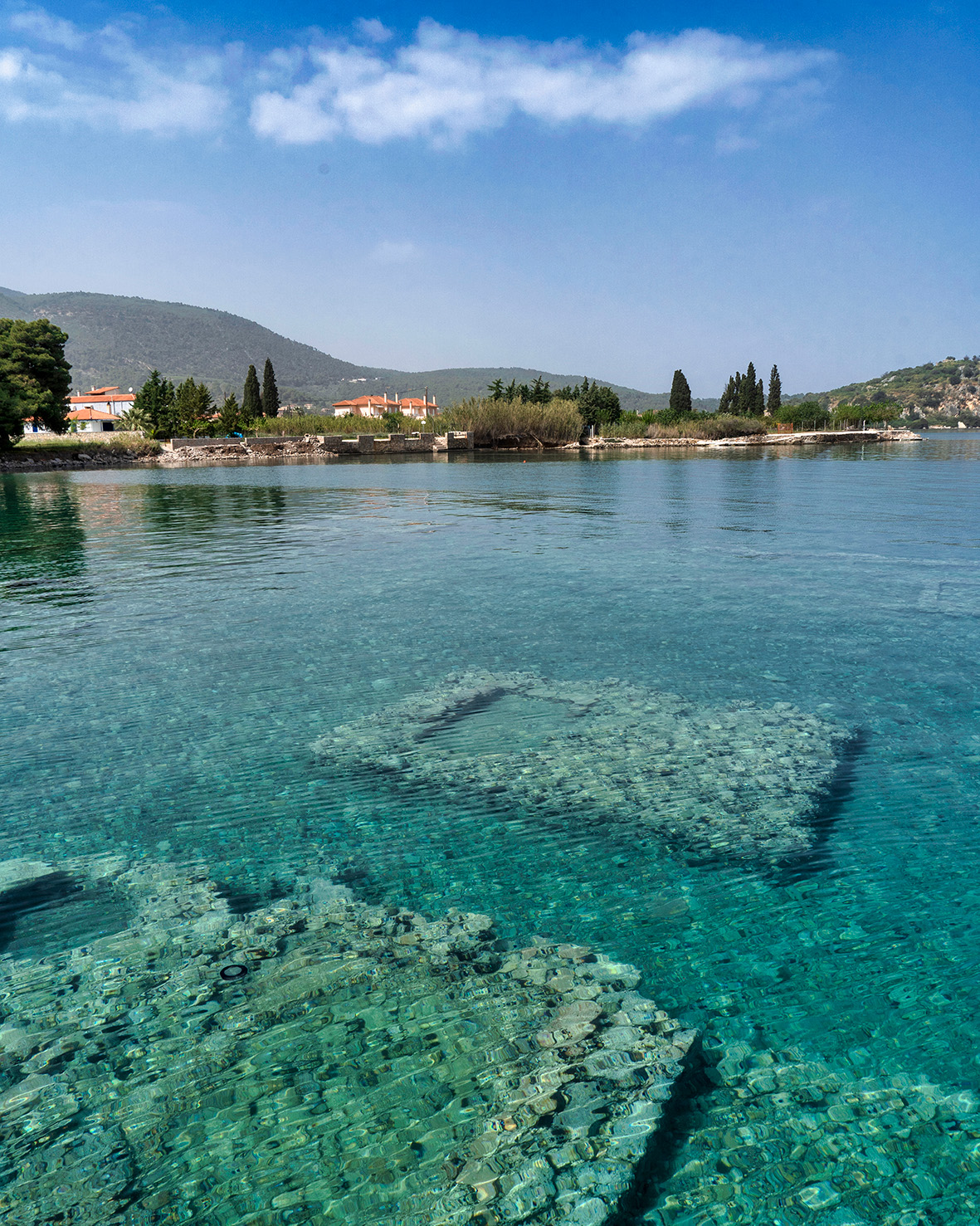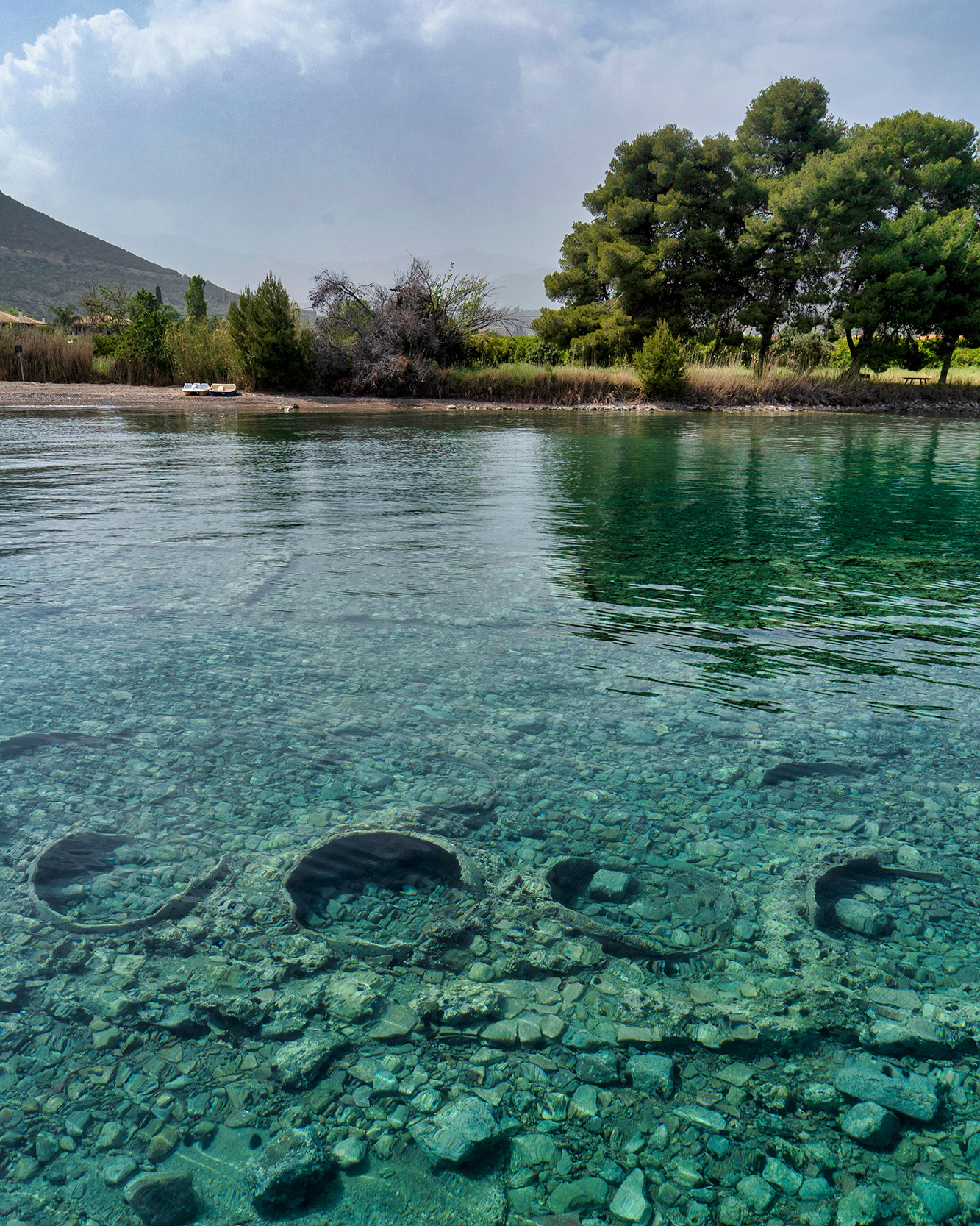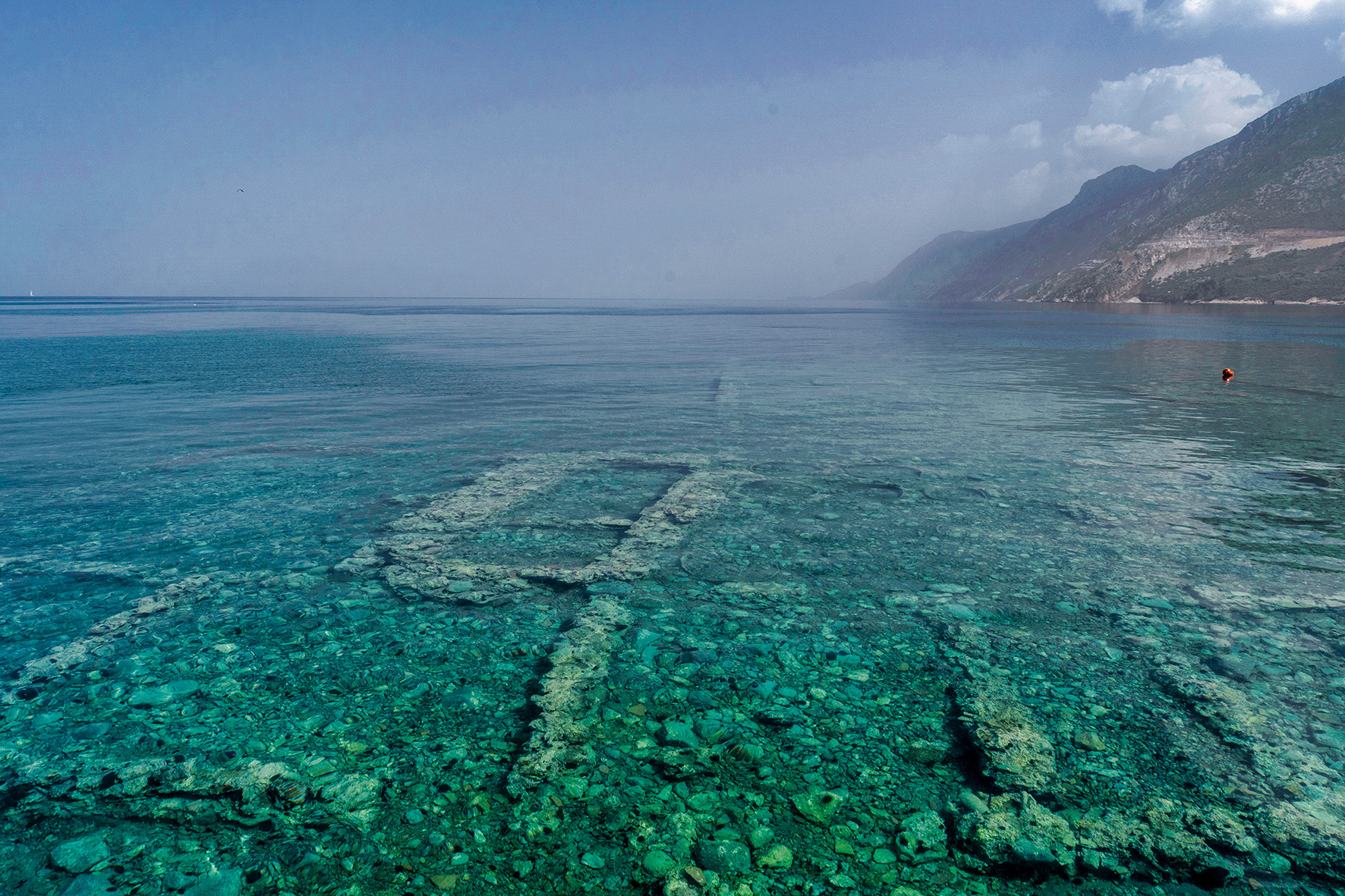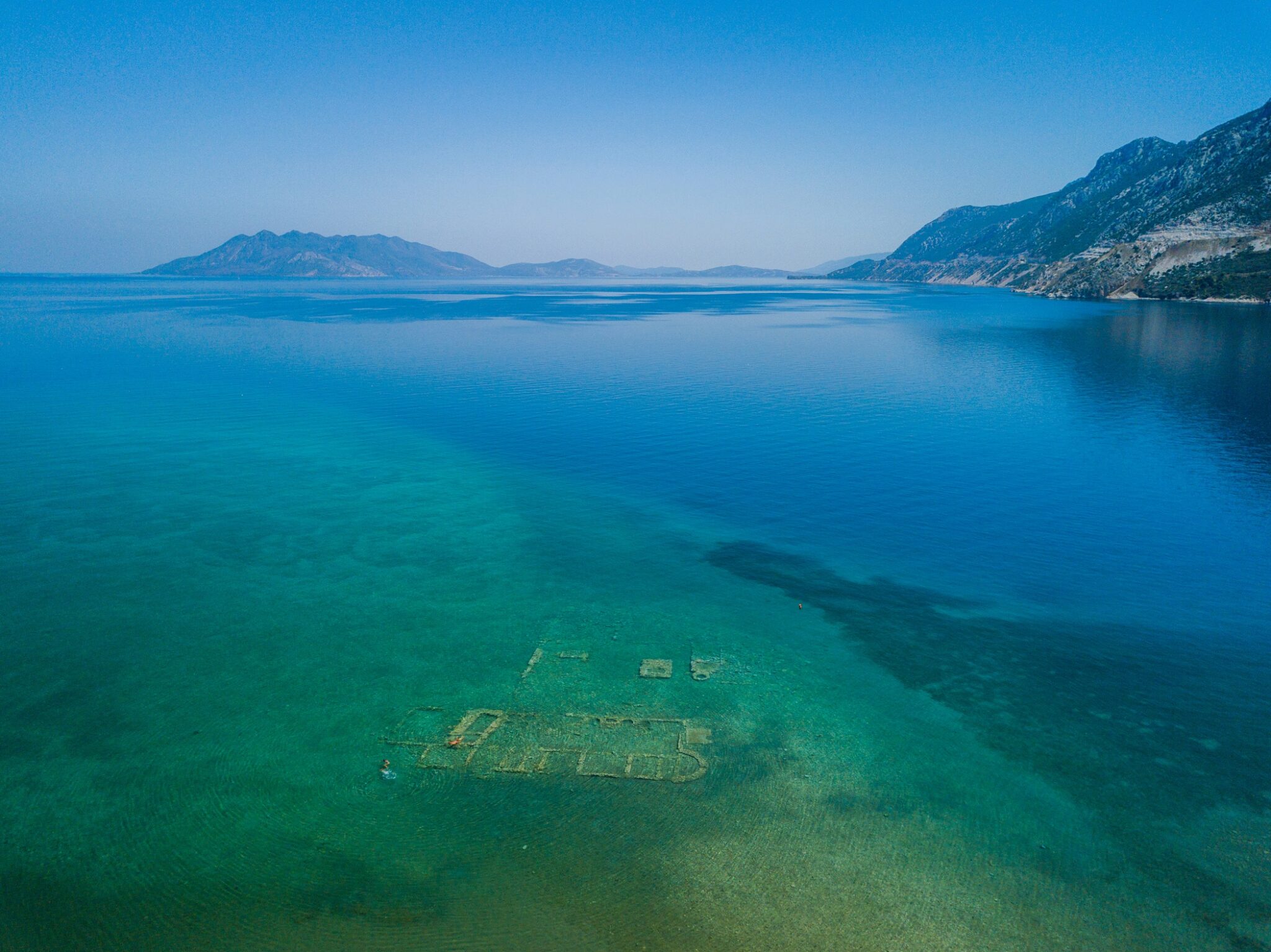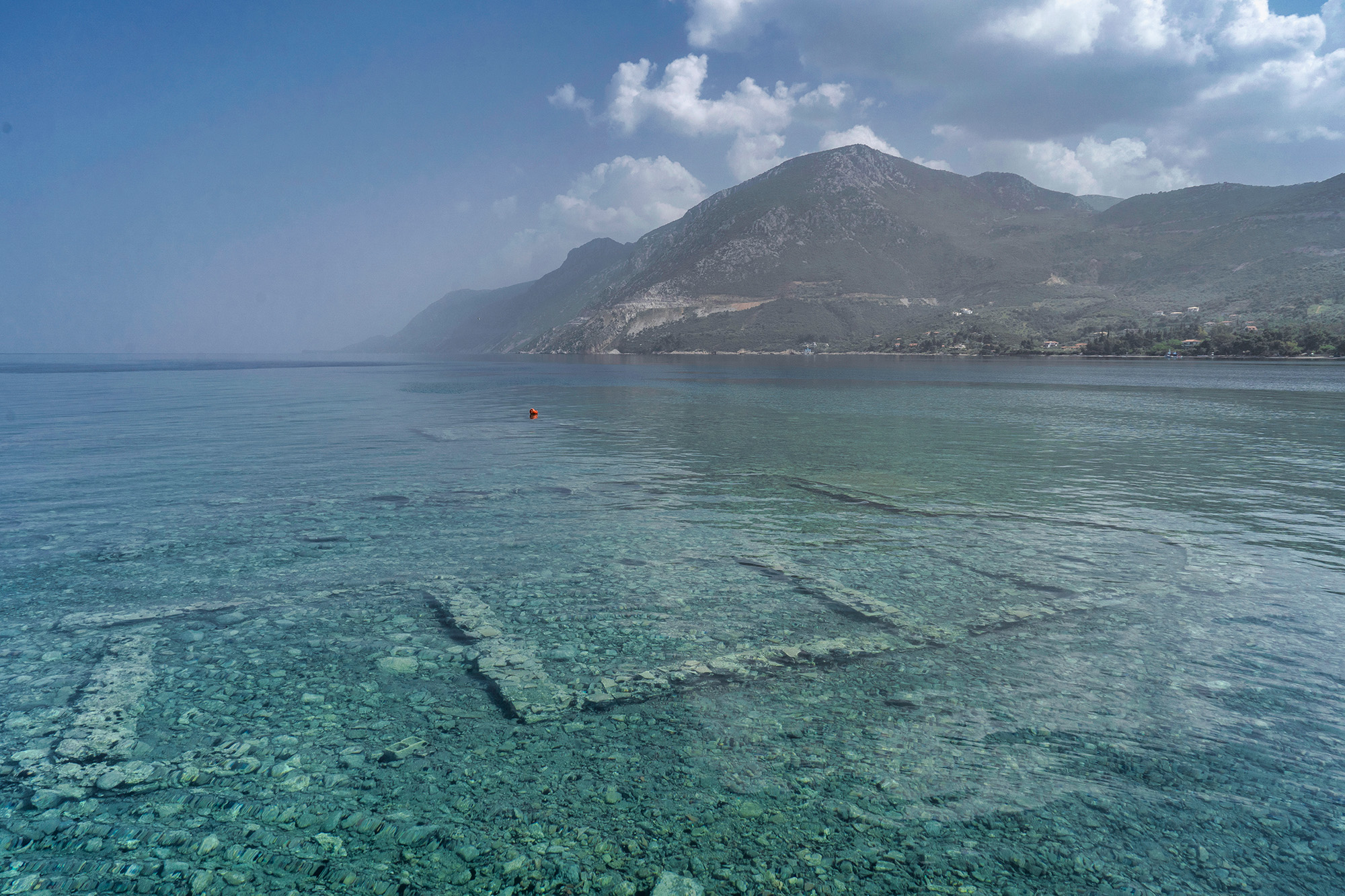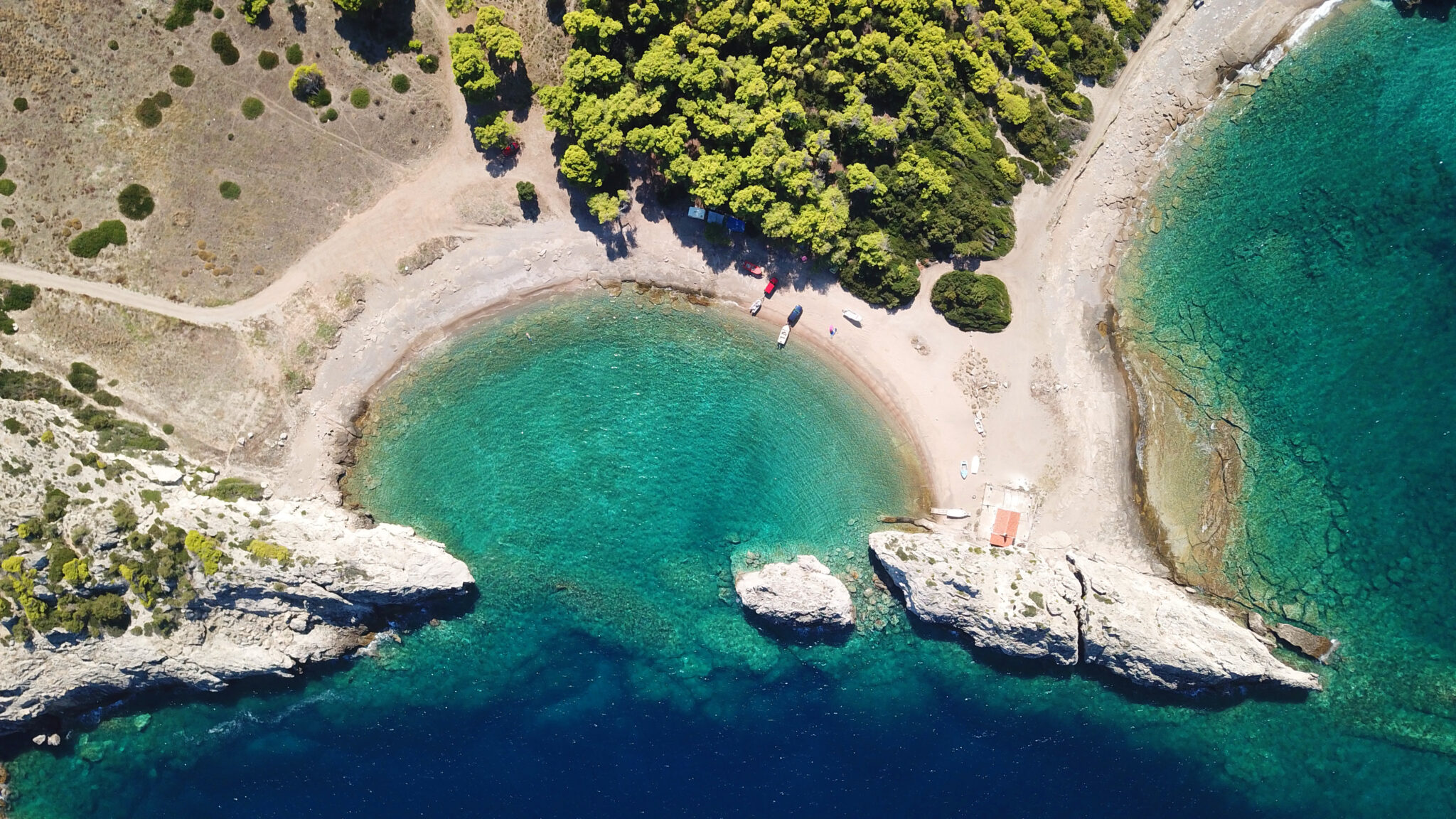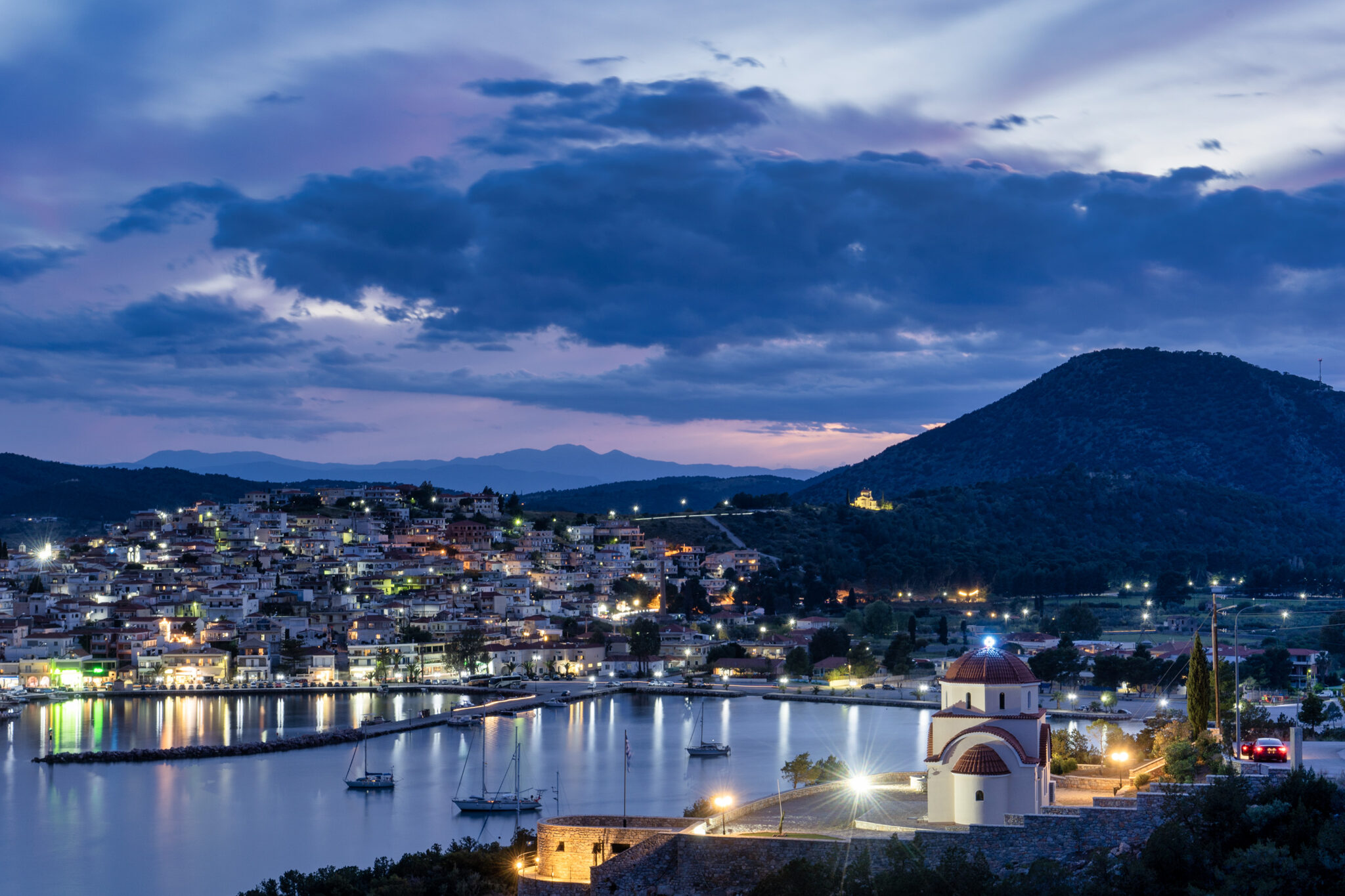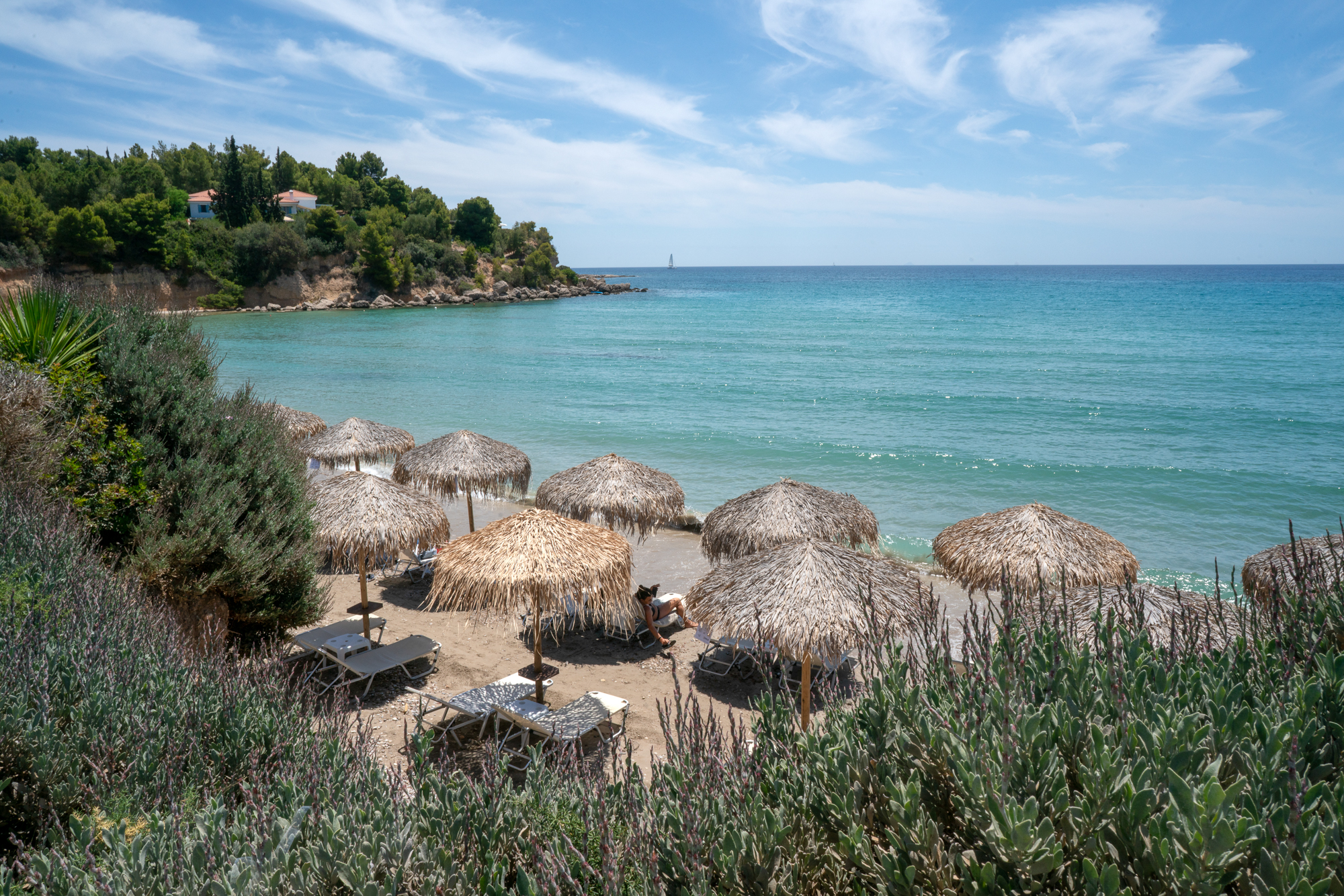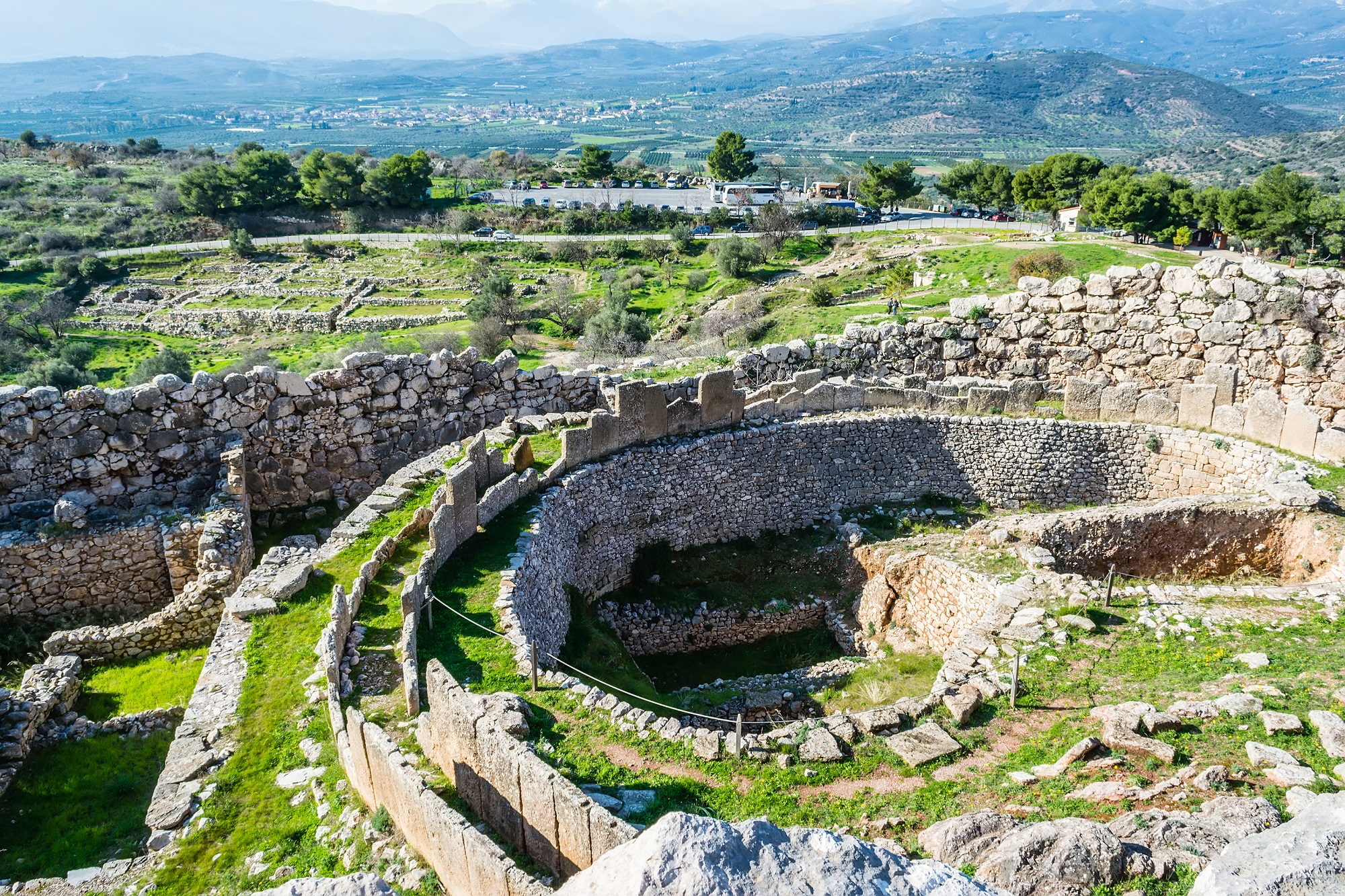Ancient Epidaurus needs no introduction. After all it’s not just one of the most significant archaeological sites in Greece, but also a place that has managed to become a travel destination by preserving its ancient identity, keeping its theatre in operation, hosting dozens of important shows each year.
At the same time, Ancient Epidaurus is also a great option for Athenians for a nearby excursion in the beautiful Argolida region. As a result, many local experiences worth a try have emerged after years of travel features on the area, like a visit in the Agnountos monastery, or eating the dolmadakia (stuffed vine leaves) and moussaka at the legendary “Mouries”, however, the list is by no means completely comprehensive.
One of the unique experiences you can have in the area surrounding Ancient Epidaurus, that remains unknown to most, is to swim over a sunken city, in calm, blue waters that will allow you to view the impressive sight underneath you easily.
Gliati and its sunken city
Even though most who reach this beach call her “the sunken city of Ancient Epidaurus” (and that’s how you should look it up on Google maps) the beach’s name is Gliati or Kalimnios, with Gliati being the name more commonly used.
The beach is about 500m long, with sand and fine pebbles and clean, blue waters, usually calm, that deepen gradually. As you get in the sea, you need to watch out for the sea urchins, so be very careful, or better yet, wear protective shoes. Gliati is not a serviced beach, so you need to bring your umbrella, towel, water, etc.
And you should definitely make sure to bring a mask and snorkel, so that you can fully enjoy the sunken city in all its glory, while you swim. It’s at just 2m depth, easily visible, however a mask will allow you to better explore it and will make you feel like you’re looking at Atlantis, right off the coast of Argolida.
Even though the area is home to remains of the Mycenaean era, thousands of years old, the sunken “city” is part of a large country mansion of the Roman times, that, in its prime, must have housed a large number of people, as well as many goods – as we can see from the large jars and jugs that survive. The ruins were discovered in the water from a hot air balloon in 1971, and in 1998 the area was declared an archaeological site. Till this day, an extensive excavation has yet to take place, though in 2017, the road has been opened for this, after a collaboration between the Greek Ephorate of Underwater Antiquities and the Italian Archaeological School in Athens that will draw from its experience with the sunken city Baiae in Naples.
How to get here
Gliati beach remains relatively unexplored in part due to having difficult access: there are roads that take you here, but it’s not a straightforward route and can get quite confusing to get there. We recommend asking the locals for directions once you reach Ancient Epidaurus, and not to simply rely on the signs. Unless of course you have a GPS, which makes everything simpler.
In any case, it’s located in the northeast part of Argolis, on the Saronic Gulf. So, starting from Ancient Epidaurus, you need to head south, passing the Kleftis peninsula, reaching the Agios Vlassis bay – don’t confuse it with Spilia beach that also has submerged structures in the sea. It’s not a large distance, just about 2km from Gialasi, the largest beach of Ancient Epidaurus, and the nearest well-known area to Gliati.
Reaching Gliati, you’ll realise that the area is developed, even though the beach itself is not serviced. So, you’ll be able to find accommodation, as well as the tavern “Athina” at a nice seafront location, serving good food.
Read also:
Diros: Mani area cave with spectacular stalactites, route covered by boat



